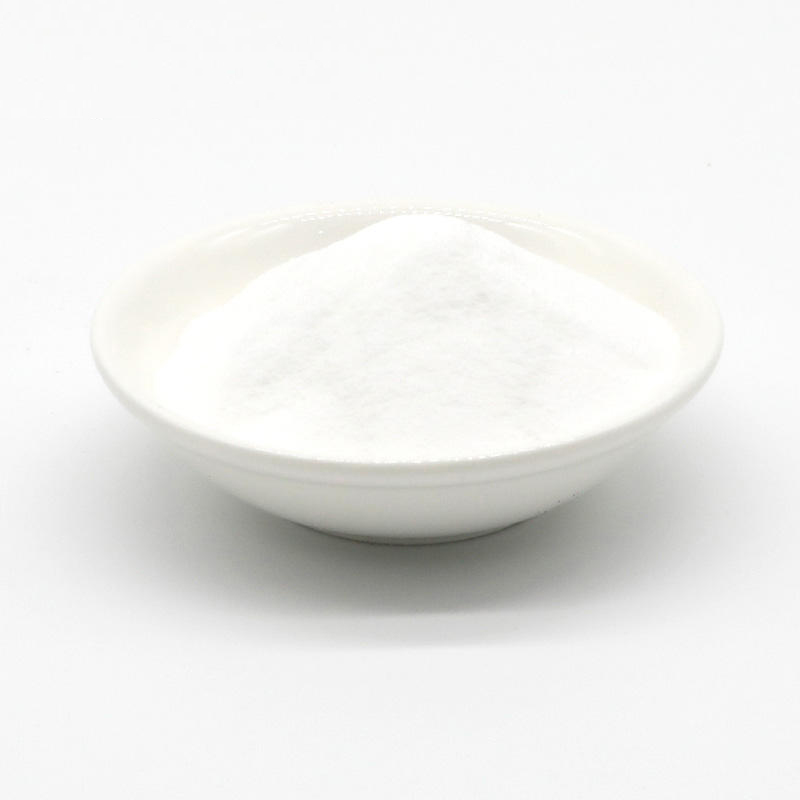


| Item | Index |
|---|---|
| Appearance | white powdery solid |
| Fineness | 320 mesh |
| Moisture | ≤4% |
| Assay | ≥40% |
| Packing | in 25kg/fiber drum |
|---|---|
| Storage | 20℃, 2 years. |
| Shipping | Room temperature in China; may vary elsewhere |
Tel: 0086-25-52397805
E-mail: info@liwei-chem.com


| Common Names | Laurocapram | Azone | 1-dodecyl-hexahydro-azepin-2-one | ||
|---|---|---|---|
| Structure |

|
||
| CAS No. | 59227-89-3 | Boiling Point (℃) | 404.9±14.0 °C |
| Molecular Weight | 281.477 | Melting Point (℃) | '-7ºC |
| Appearance | Colorless liquid | Vapor Specific Gravity | 0.9±0.1 g/cm3 |
| HS Code | 2933990099 | Flash Point (℃) | 165.2±10.7 °C |
| Solubility | Insoluble in water, soluble in ethanol, ether, acetone and benzene | Autoignition Temperature (℃) | |
| Safety Phrases | |||
|---|---|---|---|
| RIDADR | |||
| WGK Germany | |||
| Packaging Group | |||
| Hazard Class | |||
| SYMPTOMS | PREVENTION | FIRST AID | |
| Inhalation | Cough. Sore throat. | Use local exhaust or breathing protection. | Fresh air, rest. |
| Skin | Redness. Burning sensation. Itching. | Protective gloves. | Remove contaminated clothes. Rinse and then wash skin with water and soap. |
| Eyes | Redness. Pain. | Wear safety goggles. | First rinse with plenty of water for several minutes (remove contact lenses if easily possible), then refer for medical attention. |
| Ingestion | Abdominal pain. Nausea. Vomiting. | Do not eat, drink, or smoke during work. Wash hands before eating. | Rinse mouth. Induce vomiting (ONLY IN CONSCIOUS PERSONS!). Refer for medical attention. |
1) In a reaction vessel equipped with a stirrer, add dodecane bromide and solvent oil, control the stirring speed to 30120rpm, heat the temperature of the solvent oil solution to 4595°C, add caprolactam, tetrabutylammonium bromide TBAB, hydroxide Sodium, reaction 38 hours; Bromododecane: caprolactam: sodium hydroxide is 1mol: 0.81.4mol: 0.82mol, solvent oil is greater than the quality of total raw material of reaction, a small amount of phase transfer catalyst TBAB tetrabutyl ammonium bromide;
2) Add an appropriate amount of water to the reaction solution to dissolve sodium hydroxide and the sodium bromide generated by the reaction, let stand to separate layers, and separate the lower aqueous solution; after the upper organic layer recovers the solvent oil under normal pressure, it is distilled under reduced pressure to obtain the finished product of azone. More than 92%, Azone content is more than 95%.
Laurocapram is a new skin-penetrating agent first reported by American Stoughton in the early 1980s. Its chemical name is 1-n-dodecylazepan-2-one, referred to as Azone. At normal temperatures, azone is a colorless, odorless, non-toxic, and non-irritating oily transparent liquid with lubricity, easy coating and strong permeability. It is also an organic chemical with a wide range of uses, and its high-efficiency permeation-promoting properties, non-toxic safety and other characteristics have attracted people's attention. It has a permeation-promoting effect on both hydrophilic and hydrophobic compounds.
Application
Laurocapram is mainly used in fields such as medicine, pesticides, cosmetics, printing and dyeing, tanning, petroleum, and chemical fibers. A large amount of effective work has been done in its production and application in China, and the application fields are gradually expanding. With the gradual deepening of people's understanding of laurocapram, the industrialization of laurocapram has broad prospects.
As an efficient skin penetration enhancer and a new type of nonionic surfactant, laurocapram has been promoted and applied in industries such as medicine, daily chemicals, pesticides, printing and dyeing, chemical fibers, leather, etc., with significant effects. More new application fields are still expanding.
Characteristics of Powder Laurocapram
Powder laurocapram is a new type of efficient penetration enhancer, colorless, odorless, non-toxic, and nonirritating. It is widely used in medicine, cosmetics, pesticides, printing, and dyeing and is currently the most effective penetration enhancer. It is a widely used and technologically mature classic variety. It has good solubility and lubricity when added to the formula, is easy to mix with various paste properties, and has a strong penetration effect at a very small amount (recommended dosage of 1%-3%). It is very convenient and can be directly added without changing the original formula. Moreover, it is compatible and very easy to mix with various cationic, anionic, and nonionic surfactants.